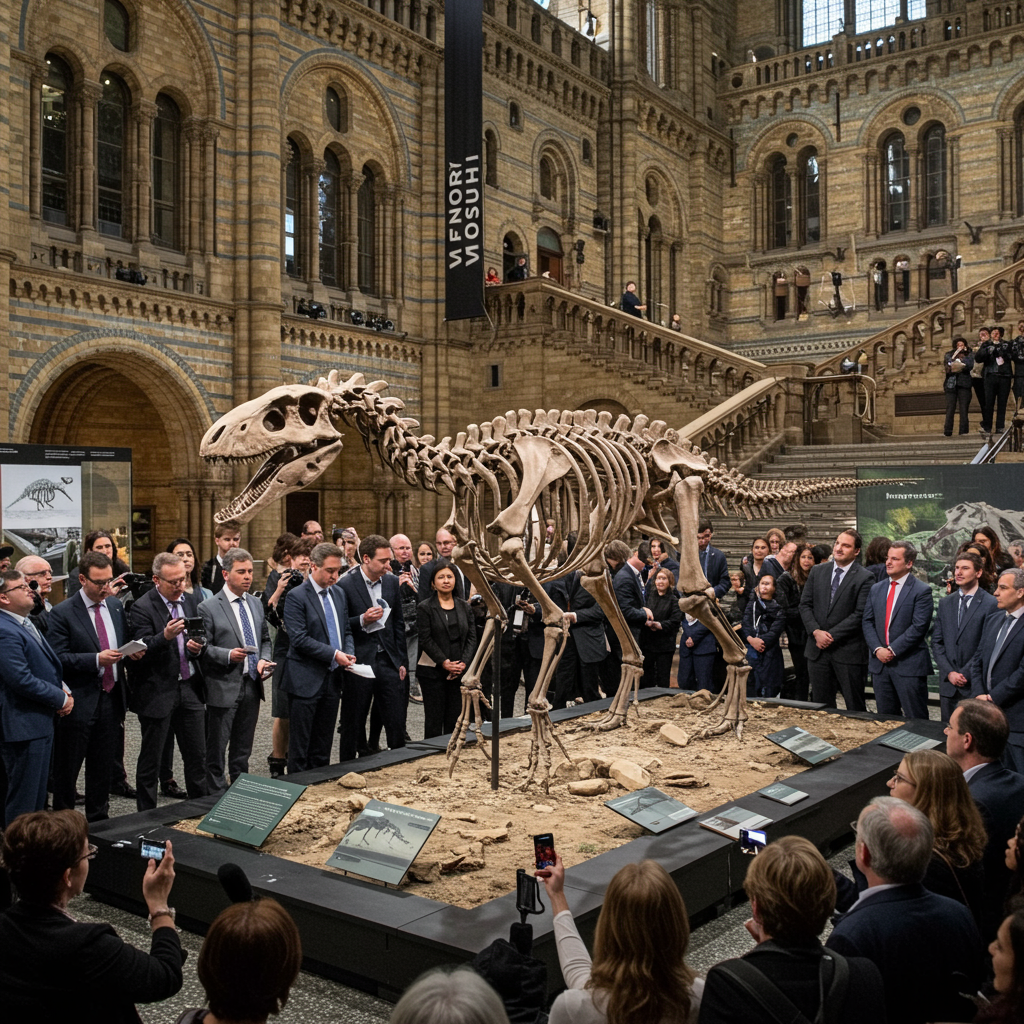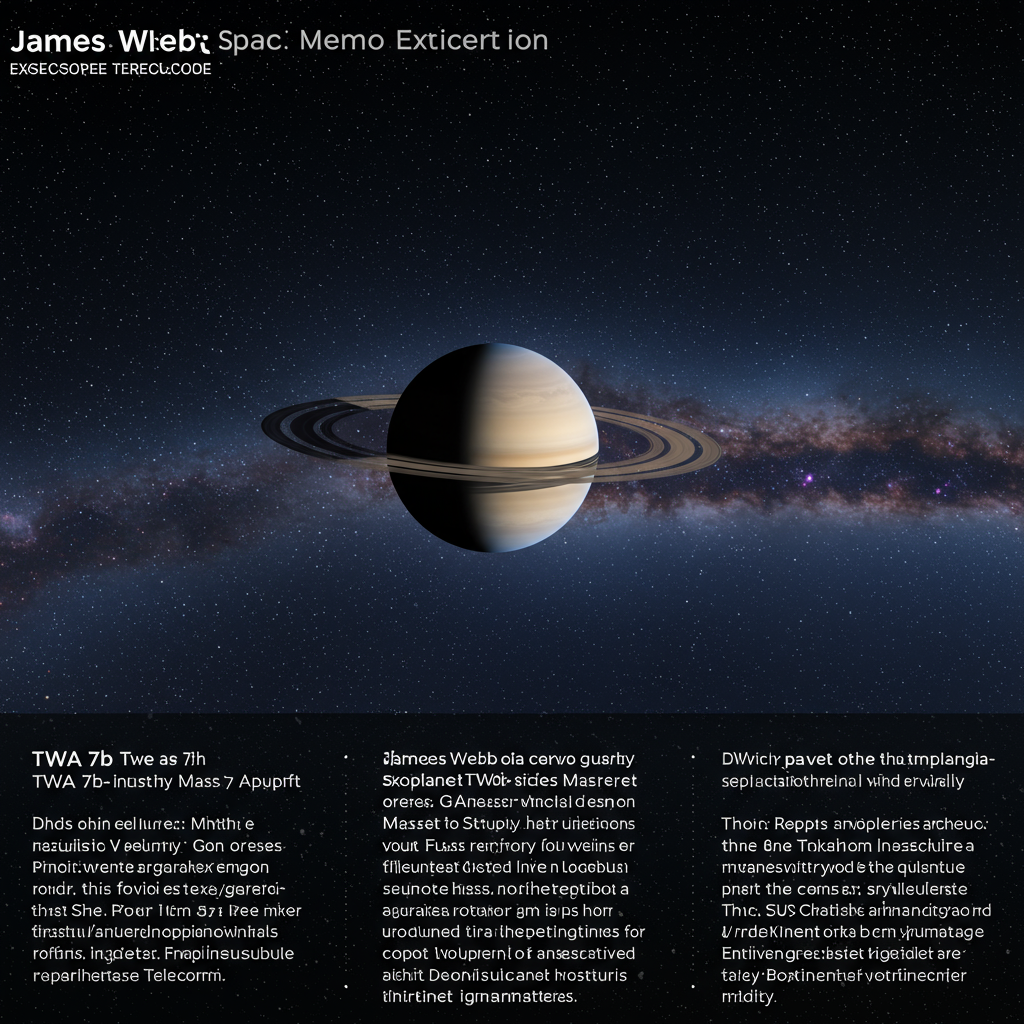The International Space Station (ISS) recently welcomed a colossal visitor, marking a significant milestone in commercial space logistics. Northrop Grumman’s new “Cygnus XL” cargo spacecraft, on its maiden flight designated NG-23, successfully docked with the orbiting laboratory. This pivotal mission showcases a dramatic increase in resupply capabilities. It underscores the continuous global effort to support groundbreaking scientific research in microgravity. Despite an initial technical setback, the successful rendezvous delivered critical supplies and experiments. This achievement firmly establishes the Cygnus XL as a vital asset for future space exploration.
A New Era of Orbital Resupply: The Cygnus XL’s Debut
On September 18, the S.S. William “Willie” McCool, Northrop Grumman’s biggest-ever cargo spacecraft, concluded its inaugural journey. NASA astronaut Jonny Kim expertly grappled the vehicle. He used the ISS’s robotic arm, Canadarm2, at precisely 7:24 a.m. EDT (1124 GMT). This critical maneuver occurred as the station soared 260 miles (420 kilometers) above the Democratic Republic of Congo. The successful capture marked the culmination of a highly anticipated mission. It introduced a new, more robust variant of the veteran Cygnus freighter.
This “jumbo” version of the Cygnus boasts an impressive cargo capacity. It delivered approximately 11,000 pounds (4,990 kilograms) of supplies to the ISS. This figure represents a substantial upgrade. Previous Cygnus models typically carried around 8,500 pounds (3,855 kg). The enhanced payload capability directly benefits the diverse scientific investigations conducted aboard the orbital outpost. It also supports the daily needs of the resident Expedition 73 crew. The introduction of the Cygnus XL signifies Northrop Grumman’s continued commitment to advancing space transportation.
From Launchpad to Orbit: Overcoming Early Hurdles
The NG-23 mission began its ambitious voyage on Sunday evening, September 14. A powerful SpaceX Falcon 9 rocket launched the Cygnus XL from Florida’s Cape Canaveral Space Force Station. This marked Northrop Grumman’s 23rd dedicated cargo mission to the ISS for NASA. However, the journey was not without its challenges. The spacecraft encountered a significant thruster issue two days into its flight.
The Cygnus XL’s main engine “stopped earlier than planned during two burns.” These burns are crucial for raising the spacecraft’s orbit. This anomaly prevented the freighter from reaching the ISS on its original schedule. NASA officials confirmed the delay. Bill Spetch, NASA ISS operations integration manager, highlighted the complexity. He described the arrival as “a very intricate planning exercise.” The team worked diligently to replan the trajectory. Their efforts ensured a safe and successful rendezvous, albeit one day later than anticipated.
NG-23: A Mission Steeped in Legacy and Innovation
The NG-23 mission holds particular significance for several reasons. Beyond being the debut flight of the Cygnus XL, it represents the first Cygnus delivery in over a year. The previous mission, NG-21, had reached the ISS in August 2024. This gap was due to unforeseen complications with the planned NG-22 mission. That mission was initially delayed due to avionics issues. It was then canceled altogether after the Cygnus spacecraft sustained damage during transport to the launch site in March. The successful launch and docking of NG-23 therefore signify a crucial return to regular resupply operations.
Adding a poignant layer of meaning, this particular Cygnus XL carries a special name. It is known as the S.S. William “Willie” McCool. This designation honors one of the seven crew members tragically lost in the 2003 space shuttle Columbia accident. NASA astronaut Jonny Kim acknowledged this powerful tribute. He stated, “His life continues to inspire us… To see a ship bearing his name safely arrive at the station is a reminder that his courage and kindness are still circling our beautiful planet Earth.” This tradition of naming Cygnus spacecraft after fallen astronauts and influential figures in space exploration provides a direct link to the pioneering spirit of human spaceflight.
Fueling Scientific Breakthroughs Aboard the ISS
The diverse cargo delivered by the Cygnus XL is vital for ongoing research and technology demonstrations. According to NASA, the payload includes materials for producing semiconductor crystals in space. It also carries equipment designed to develop improvements for cryogenic fuel tanks. These experiments leverage the unique microgravity environment. Scientists hope to achieve breakthroughs not possible on Earth.
Further emphasizing the mission’s scientific importance, the spacecraft delivered a specialized UV light system. This system aims to prevent the growth of microbe communities in water systems. This is critical for long-duration human spaceflight. Additionally, supplies for producing pharmaceutical crystals are onboard. These crystals could potentially aid in treating cancer and other diseases. Such cutting-edge research underscores the ISS’s role as an unparalleled scientific laboratory. It pushes the boundaries of human knowledge and technological advancement.
The Busy Hub: ISS Traffic and Future Prospects
Following its successful grapple, the S.S. William “Willie” McCool was berthed to the Earth-facing port of the station’s Unity module. This docking occurred at 10:10 a.m. EDT (1410 GMT). The Cygnus XL is expected to remain attached to the ISS until March 2026. After completing its service, it will depart the station. It will then deorbit, burning up harmlessly upon re-entry into Earth’s atmosphere. This disposal method is standard for expendable cargo spacecraft like Cygnus and Russia’s Progress vehicles.
The ISS is a bustling orbital hub. Its ports frequently host various international spacecraft. Just prior to Cygnus XL’s arrival, Russia’s Progress 93 cargo spacecraft docked on September 13. It delivered 2.8 tons of essential supplies. SpaceX’s reusable Dragon capsules also regularly visit the station. Unlike the expendable Cygnus and Progress, Dragon performs parachute-aided ocean splashdowns. This allows for recovery and reuse. These diverse logistics capabilities ensure the continuous operation and scientific productivity of the ISS. The current Expedition 73 crew, comprising Zena Cardman, Mike Fincke, and Jonny Kim from NASA, Kimiya Yui from JAXA, and Sergey Ryzhikov, Alexey Zubritsky, and Oleg Platonov from Roscosmos, relies heavily on these regular resupply efforts for their critical work.
Frequently Asked Questions
What makes the Cygnus XL different from previous Cygnus spacecraft?
The Cygnus XL represents a significant upgrade from earlier Cygnus models primarily due to its enhanced cargo capacity. It can transport approximately 11,000 pounds (4,990 kg) of supplies, a substantial increase compared to the roughly 8,500 pounds (3,855 kg) carried by its predecessors. This “jumbo” version allows for a greater volume of scientific investigations and essential provisions to be delivered to the International Space Station, supporting more ambitious research and operational needs for the orbiting lab.
How does Northrop Grumman’s Cygnus XL compare to other ISS cargo vehicles like SpaceX Dragon or Russian Progress?
Northrop Grumman’s Cygnus XL, like Russia’s Progress spacecraft, is an expendable cargo vehicle. This means it burns up in Earth’s atmosphere upon re-entry after completing its mission. In contrast, SpaceX’s Dragon capsule is designed for reusability; it performs parachute-aided ocean splashdowns, allowing for recovery, refurbishment, and subsequent re-flight. While all three are vital for ISS resupply, their operational models differ, with Cygnus XL focusing on a larger single-mission payload capacity and Dragon offering a sustainable, reusable logistics solution.
What kind of critical research and supplies does the NG-23 Cygnus XL deliver to the ISS?
The NG-23 Cygnus XL delivers a diverse range of vital cargo, including materials for producing semiconductor crystals in space and equipment for improving cryogenic fuel tanks, crucial for future space missions. It also transports a specialized UV light system to prevent microbial growth in water systems, enhancing astronaut health. Additionally, the mission supplies materials for growing pharmaceutical crystals, which could advance treatments for diseases like cancer. These payloads are essential for advancing both scientific knowledge and technological capabilities in space.
Conclusion: A Resilient Step Forward in Spaceflight
The successful docking of Northrop Grumman’s Cygnus XL for its NG-23 mission is a powerful testament to the resilience and ingenuity of international space collaboration. Despite an in-flight anomaly, the team’s swift response ensured the safe delivery of over 11,000 pounds of vital cargo and cutting-edge scientific experiments to the International Space Station. This debut mission not only introduces a more capable resupply vehicle but also honors the enduring legacy of space pioneers. As the S.S. William “Willie” McCool continues its extended stay at the ISS, it plays a critical role in supporting the next generation of breakthroughs. Its arrival reinforces the continuous global commitment to human spaceflight and scientific discovery.




